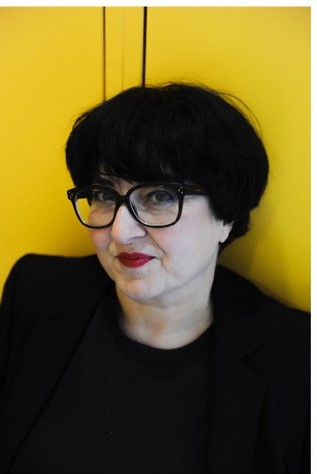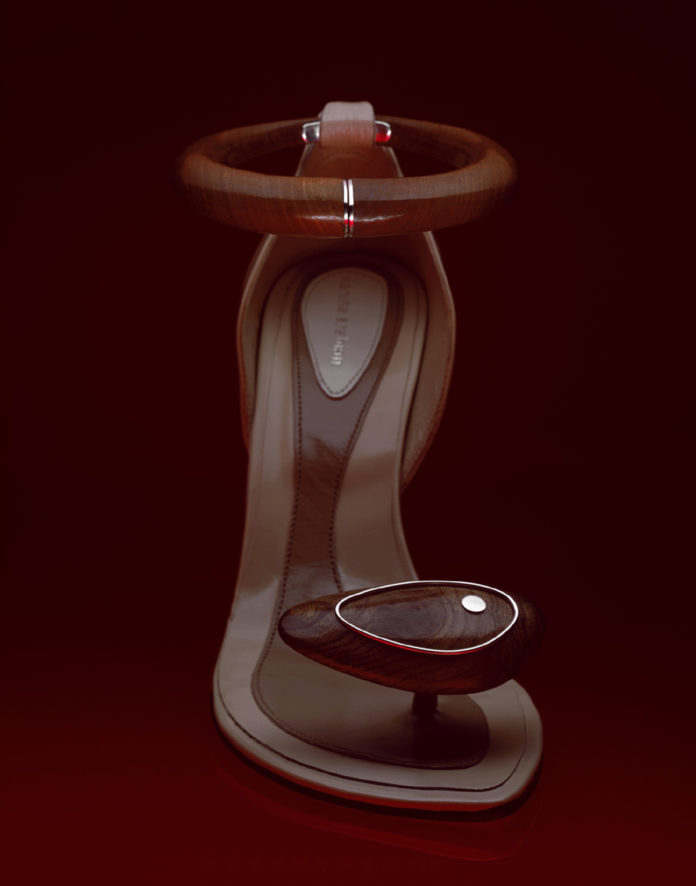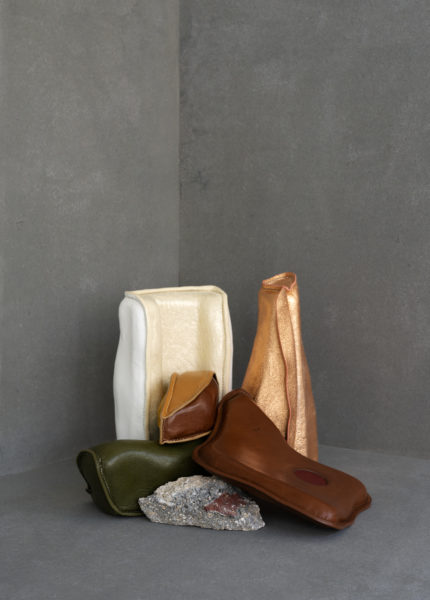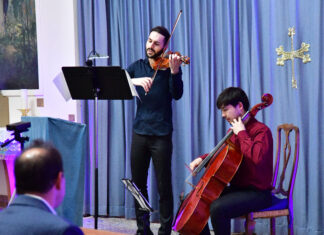PARIS — She has designed shoes for Madonna and jewelry for the House of Chanel. Karine Arabian: stylish, architectural, artistically pristine. Modish in the best sense of the word, this French-Armenian designer of accessories and footwear soared to the top of the European fashion world while still in her 30s.
Along with Alain Manoukian, Francis Kurkdjian and Alain Mikli, Arabian is part of a growing contingent of Armenian creators who sit at the very top of their craft. Arabian’s work, however, stands out even among this elite group.

You can’t mistake an Arabian creation: whether inspired by Sergei Paradjanov’s “The Color of Pomegranates” or street style from the Paris banlieue, art breathes from every stitch, beauty peers at you from every angle. Hers are not always the easiest pieces to understand precisely because they are so unique, so different: like a novel by Proust, a blue period Picasso or a poem by Rimbaud, something always stares back at you in an Arabian creation, whispering: What am I exactly? How do I fit in to your lifestyle? Arabian challenges the wearer to question their daily choices and aesthetic preferences.
Several years ago, she closed her eponymous line for personal and business reasons. Less than a decade later, like a butterfly emerging from an haute couture chrysalis, Arabian has created JN. Mellor Club. The concept is hip, stylish, environmentally conscious: millennial yet ageless. I sat down with Arabian to discuss her fascinating family history and to pick her wonderfully idiosyncratic creative brain:
AMS: Where were you born? Please tell our readers a bit about your background.
KA: I was born and grew in Paris. I first studied literature at the Sorbonne Nouvelle and then my passion for fashion got the best of me and I entered ESMOD [École supérieure des arts et techniques de la mode, a French private school of fashion], then the Studio Berçot at the end of the 1980s, beginning of the 1990s. It was an effervescent and creative time for fashion. I started off as an assistant to a few designers and then the First Gulf War broke out. A whole bunch of us designers found ourselves out of work, so we started our own companies while we were rather young.










